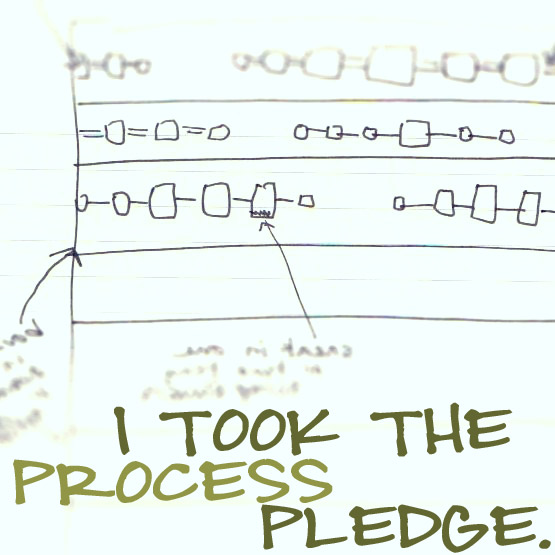so yeah, linen. you're excited right? a lot of people...ah, ok maybe just a smattering of concerned citizens...often ask why i use linen to make the dishtowels in my shop. if you're into cooking, you most likely already know the reasons, as there are many. the simple answer is that they're just better and no i'm not just being a little snot, although i am certainly capable of that! i'm sure you haven't noticed though.
first off, linen becomes more absorbant after every washing and it doesn't have all those fluffy particles that cling to all sorts of surfaces. for instance, if you're baking bread, you'll need a damp towel to place over the bowl as it rises and you don't want fluff sinking into that sticky dough. and whether you're just washing dishes or herbs and vegetables from the garden, you can avoid a lot of fluff and bacteria on your food by laying them on a clean linen towel to dry. there's a bit less bacteria because the larger weave of linen allows it to dry faster so that they don't get the gross smell other towels do so quickly (and the quicker bacteria build-up that goes along with it). This means less laundry, which means less work for you and an eco-friendly choice for the well-appointed kitchen!
they can also be especially useful for making flatbread like pita because when you take these out of the oven you immediately wrap them in a towel which creates the steam that gives them their leathery look and feel. i made some pita bread recently which was surprisingly easy and would have been in a tight spot without the linen towels.
 (by the by, i do not suggest making falafel or tahini sauce from scratch if you do not own a food processor
(by the by, i do not suggest making falafel or tahini sauce from scratch if you do not own a food processor...very tasty but it definitely took some serious elbow grease!)
so have i converted you? or maybe just annoyed the h.e.double hockey sticks out of you?! i aim to please you know ;) if you have read this far, you should enter the giveaway i'm hosting this week...go on, you deserve it after that!






















5 comments:
I think linen towels are great - I'm planning a print run on them now. I've done some in hucktowel, but printing on the weave can turn into a pretty massive hassle...
I love hearing people's thoughts on everyday things like towels. It's so much fun! And I never would have thought to use linen in towels honestly, and now I'm sitting here thinking Duh! Why didn't I see that before??
you know i actually asked my fiance to read over this post to see if it was too boring or dumb, haha. he gave the thumbs up though so i'm glad you liked it too jen! they really are great for baking.
DK, definitely great for printing and embroidery too! i just do linoblock prints with screenprinting paints but i can imagine huck towels being complicated. i'm going to try flour sack ones next as their qualities are very similar to linen but are cotton.
I love this post and was wondering, is there a trick to sewing with linen? I am deconstructing a giant eddie bauer linen mumu dress and thinking I'd like to turn it into a towel, or maybe embroider on it and turn it into a pillow cover for a friends wedding - anyway, I'm noticing lots of unraveling going on. Do you have any tips? BTW I am in love with your linen towels.
thanks :)
it can be a bit unwield-y to work with...like when you hold on to two opposite corners the weave stretches and contorts almost as a silk would which makes it harder to handle than a cotton cloth of similar weight. the tighter the weave, the less unwieldy. and once the final piece is created with clean seams, it is a very strong fabric so worth the effort.
i can only speak from experience but have found a few simple things that help....
—i fold hems on linen very carefully and slowly with an iron and pin it in place as soon as i can. you could pin edges in place as you deconstruct to keep the warp/weft from fraying.
—in your situation though, a better solution (so that you aren't getting poked as you rip out old seams) might be to set your machine at it's longest stitch and go along the edge of all the fabric (long loose stitches if by hand). this will keep it from fraying as you handle it and decide what to do with it but later on these types of stitches can be taken out without doing any harm to the fabric or just tuck them in to your new seams/hems.
—the only other thing i can think of if you get really desperate is to try some sort of water soluble stabilzer that comes in paper/fabric/liquid form and can then be removed later on. most often you're able to iron or spray them on to reinforce fabrics. i'm not a big fan as i don't like to introduce chemicals and the like to my products but it could just do the trick along the edges while you're deconstructing the piece.
hope that helps! as usual, terribly long-winded :)
Post a Comment